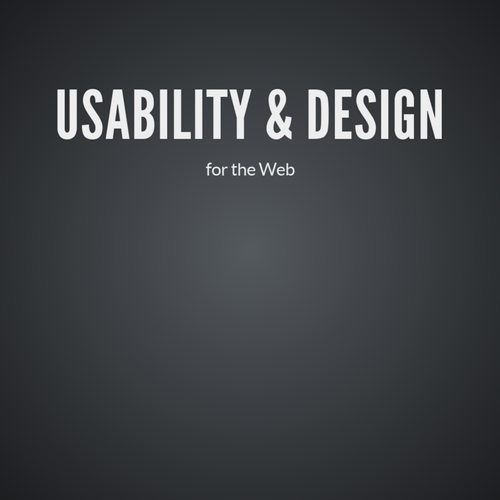DESIGNING WITH
PURPOSE
EVERY DESIGN ELEMENT SHOULD HAVE A REASON FOR EXISTING
- Typography
- Color
- Line
- Shape
- Image
ASK: WHAT'S THE REASON WHY I'M USING THIS?
ANSWER:
- Supports the content
- Supports the CONCEPT
- It helps creates visual awareness
- Helps create visual separation
- It helps create visual clarity to the viewer
ANSWER SHOULD NEVER BE
- Because it looks good
- Because I like it
- Because it fills up negative space
WHY SHOULD I CARE?
Design elements that don't have a purpose:
- create weak compositions
- dilute the concept
- create visual confusion
- create visual noise
- create an urgency of "needing" to include an element when in fact a piece is stronger without
STEPS TO HELP YOU DESIGN WITH PURPOSE
Simplicity is better then complexity
(KIS)
STEP ONE: RESEARCH
DESIGN FOR AN AUDIENCE, NOT YOURSELF
- Who is your audience?
- How do you best communicate to them?
- What has already been done?
- What elements can you use to engage your audience and communicate your message?
STEP TWO: HAVE A STRONG, CLEAR CONCEPT
- WTF is a concept?!? It's more than an idea
- Strong concepts help create a clear path while weak concepts create confusion and indecision
- Make sure your concept is completely flushed out before starting visual work
- Have a clear idea on how you want to visually execute your concept
- Who is your audience?
- Thumbnail/exploratory sketches help either strengthen your concept or will poke holes in it
STEP THREE: GATHER VISUAL INSPIRATION
- Think about the mood/message and how to best visually communicate that to your audience
- Use the web, photography, found items as inspiration
- Create a mood board or style tile
- Keep this inspiration in mind as you move onto the next step
STEP FOUR: CREATE
- Refer back to your mood boards, research and concept statement to make sure you're following through.
- Only add design elements if it helps communicate the message to the viewer or it directly relates to the concept
- Constantly ask yourself questions
STEP FIVE: EVALUATE
- One you finish a design, your job is not done.
- Show it to your target audience and get feedback
ASK
- Does it communicate?
- Does it engage?
- Is it confusing?
- Is it unique?
- What can you do better?
STEP SIX: REVISE
- Revise your concept based on feedback
- There's always room for improvement
- Don't be afraid to start over
- Keep your audience in mind
DESIGNINGWITHPURPOSE
By shadow4611
DESIGNINGWITHPURPOSE
- 1,196



